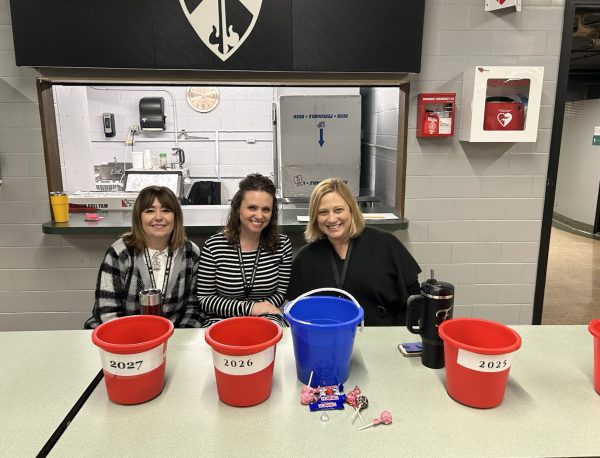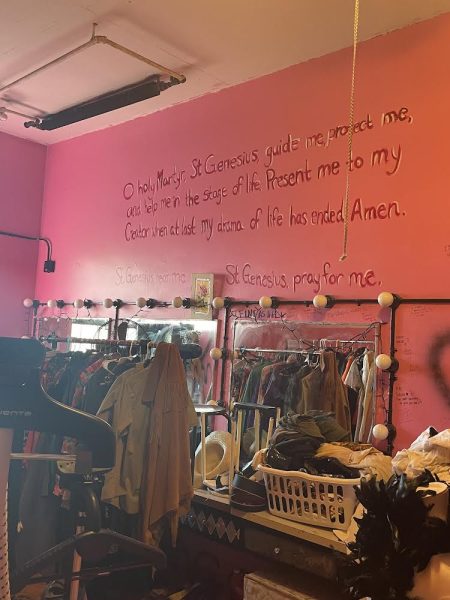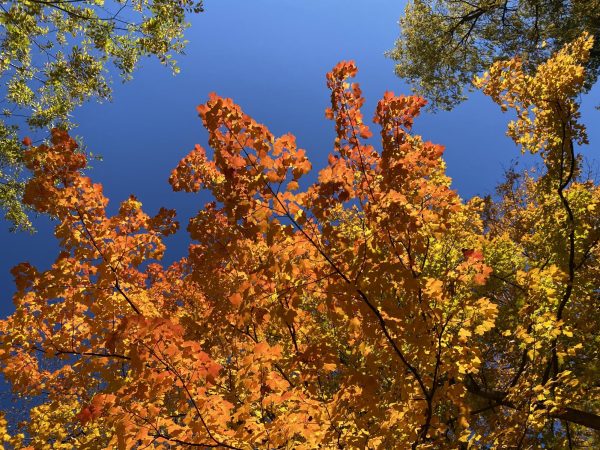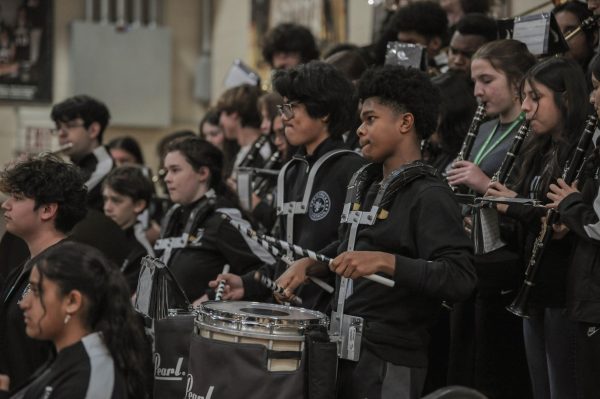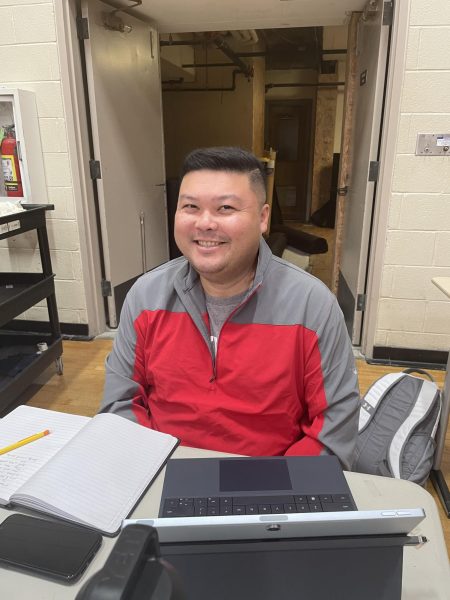Early Snow Day Warns of Climate Change
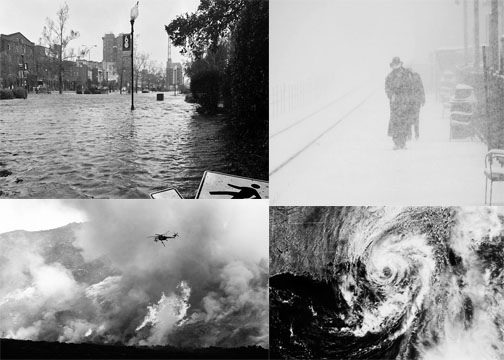
North Carolina Flooding; Chicago Blizzard; California Wildfires; Hurricane Florence. Photos courtesy of Wikimedia Commons.
On November 26, 2018, Fenwick was closed due to a snowstorm. Due to these dangerous conditions, administration cancelled school, which was the earliest in the year many teachers had seen in Fenwick history.
Mr. Polka, who has been part of the Fenwick community for fifty years, noted that this was the first snow day he had ever seen in November.
The storm itself was so extreme it had a name–Winter Storm Bruce–and covered the Midwest with a whiteout-level blizzard.
The increase in sporadic weather patterns and extreme conditions point to the fact that the climate is changing. And it’s happening right in our backyard.
Climate change is not the same as global warming. Global warming describes the overall increase in temperatures globally due to greenhouse gases.
Global warming reveals itself in the numbers; from 1750-1880, 120 years, the temperature rose about .27 degrees Fahrenheit, while over the course of 1880-1980, only 100 years, the temperature rose about 2 more degrees.
What may seem minor is actually proof of a very real problem to our environment, which is also evident in climate change.
Climate change is the physical change in weather conditions, and is harder to measure.
Storms become more intense, but can also be more or less frequent.
Some areas will experience long droughts, such as that in California, and others, like North Carolina, will face flooding issues.
Just looking at record amounts of snowfall in the Chicagoland area for November from 1885 to 2018, 2 of the 5 years with the most November snowfall and 3 of the 4 least amounts of snow come from within 15 years of today.
The shift is evident in the numbers– the weather is becoming more extreme. Autumnal weather has been pushed aside and replaced with a late-running summer and an earlier winter.
Major storms have become the norm. Hurricanes such as Florence are only to be expected as a side effect of summer. Wildfires scar the west coast and only when the homes of celebrities are endangered do we stop to recognize the real effects. Flooding in Southern states will only increase as the water levels rise.
The UN recently released a report saying that 2030 is our deadline to curb our damage to the planet before the effects are irreversible.
There has also been a lot of talk over the Paris Agreement, which states that the countries who have signed the pact must decrease their environmental impact.
As of August 4, 2017, the Trump administration declared that they would formally request to exit the treaty as soon as legally able, in 2019. The United States is the only member of the G20 to do this–and one of only three countries in the world, next to Nicaragua and Syria.
If Trump signs the official order to remove the country from the Paris agreement, as the country with the second most carbon emissions, the Paris Agreement will not be enough. Change to save the planet must be bigger than small community projects.
As much as we loved the snow day which made Thanksgiving Break even longer, it was a side effect of something much darker that we have only a few more years to reverse before it’s beyond repair.



